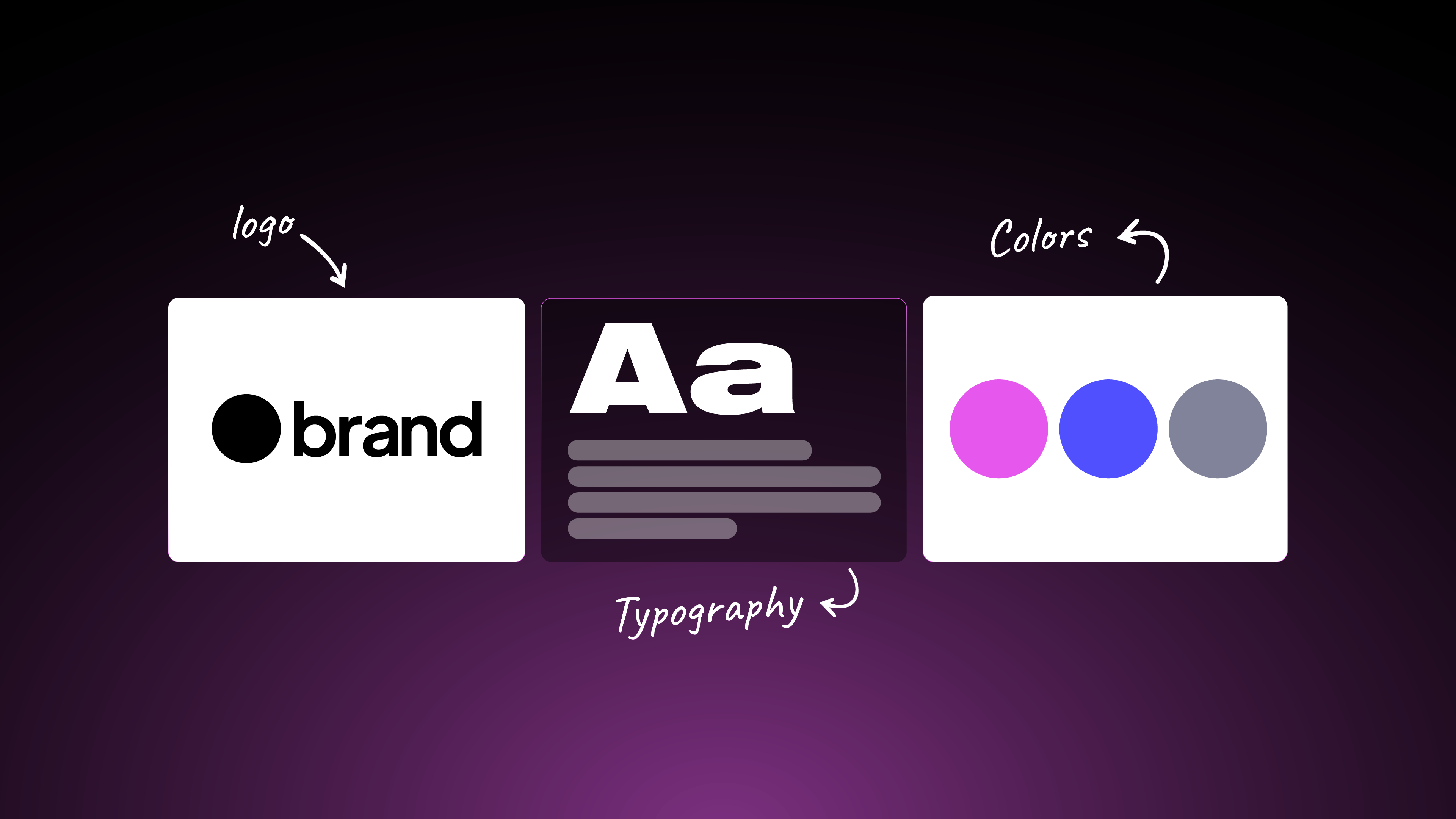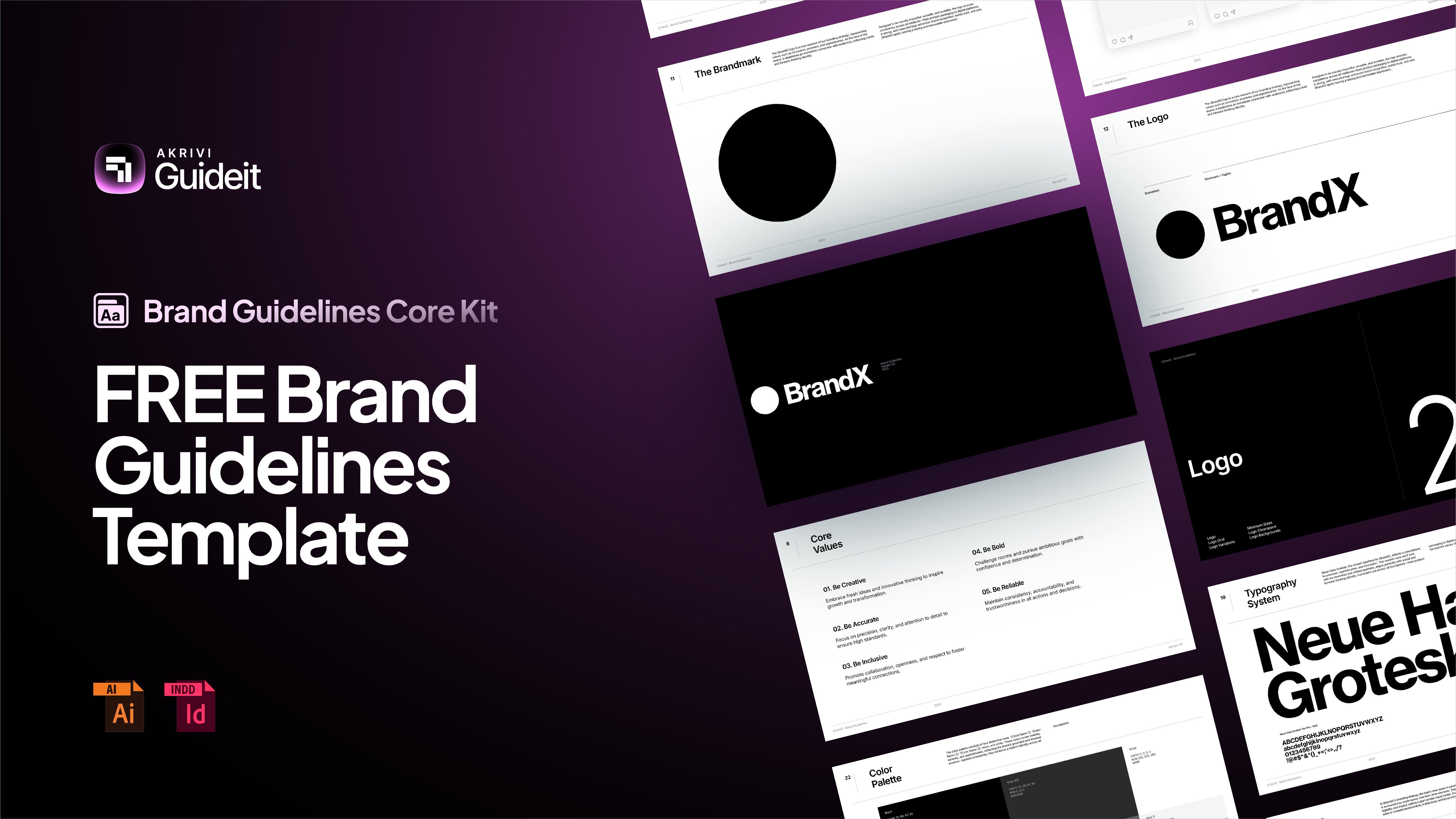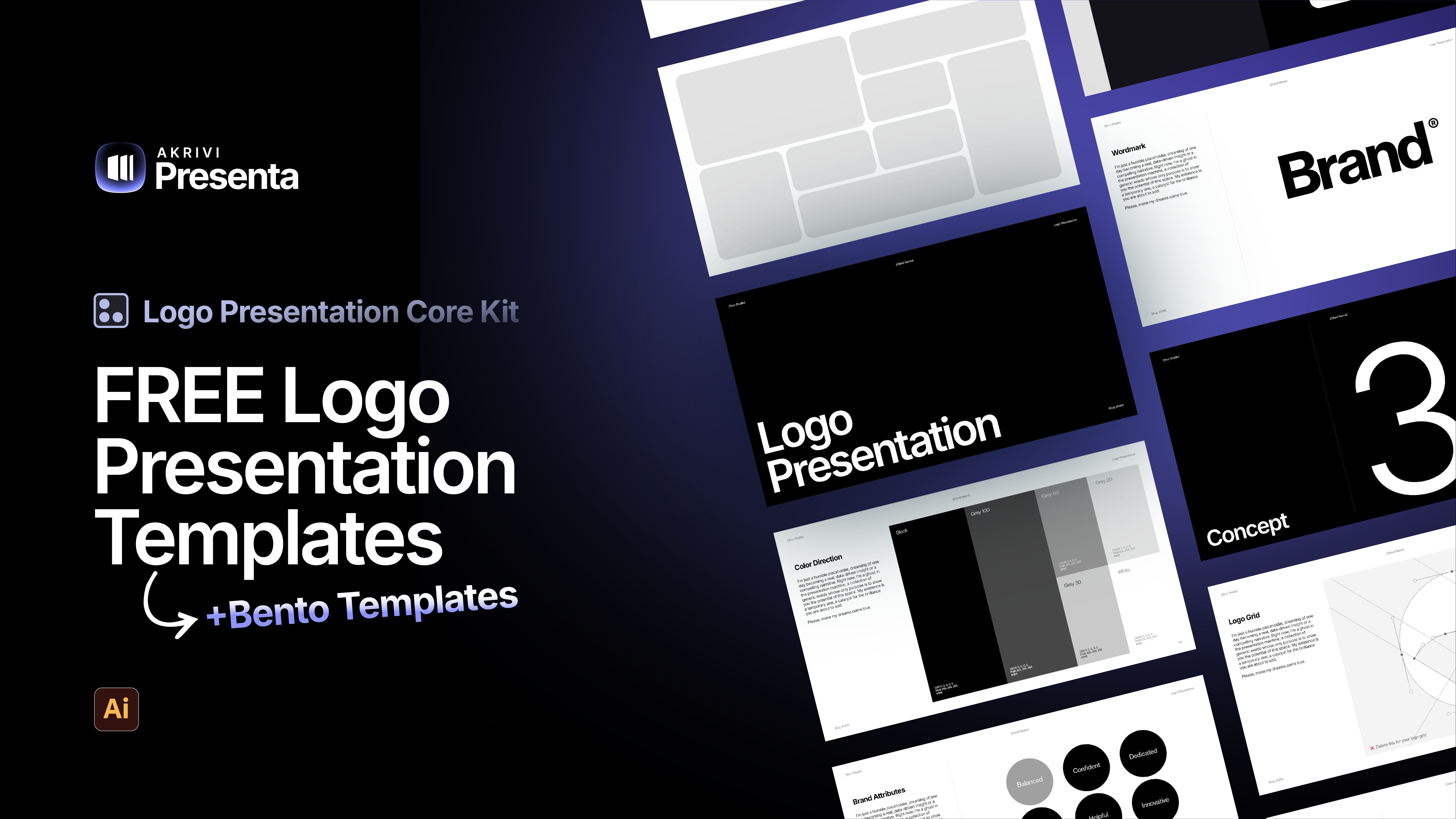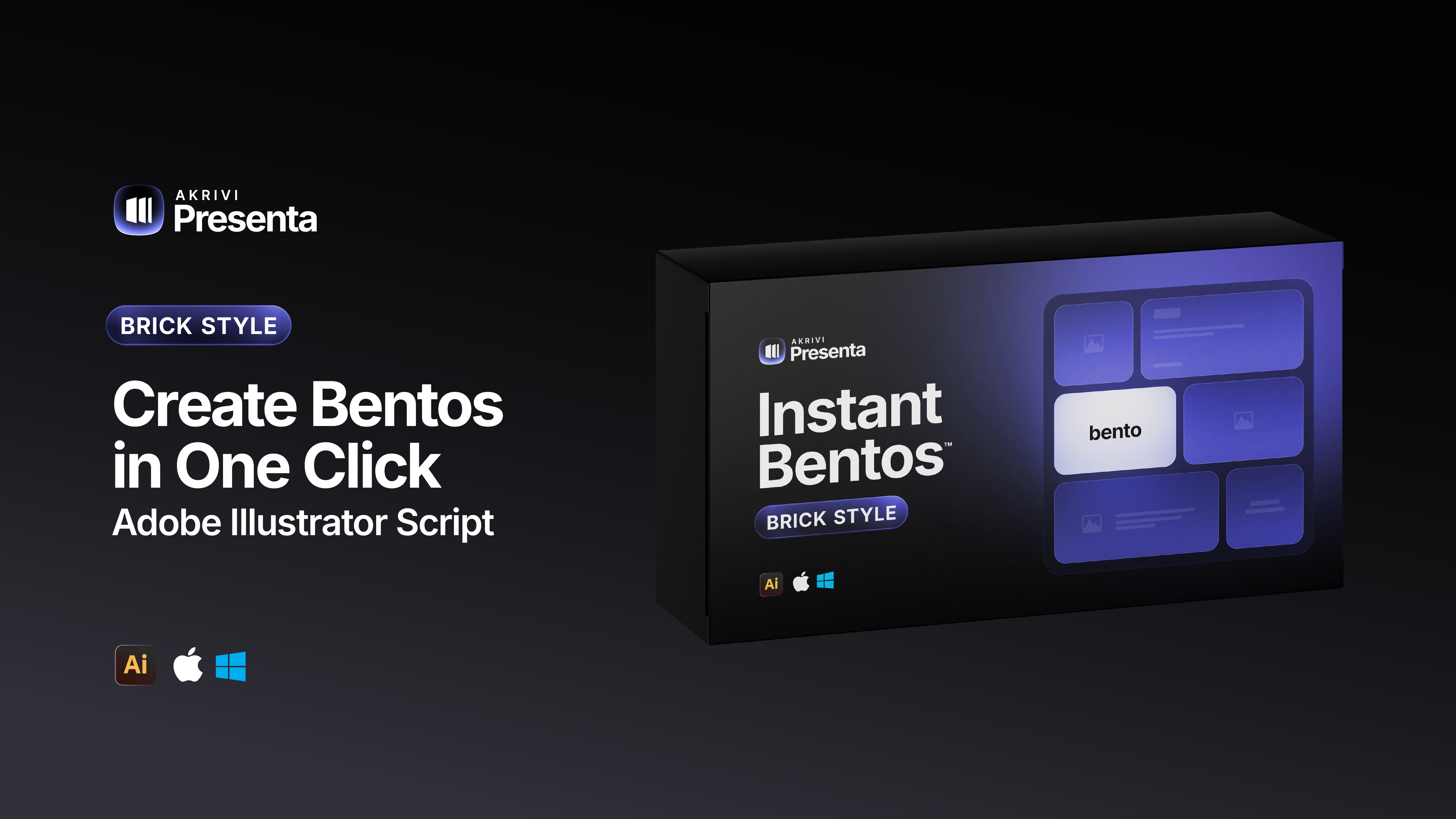What Are Brand Guidelines? (And FREE Template)

Everything you need to know about brand guidelines as a brand designer.
So, what actually are brand guidelines, and should you design one for every brand?
A brand identity can be an amazing, powerful thing when it's used correctly. Brand guidelines are the key to making that happen.
In this guide, I’ll explain exactly what they are, what should be included, and the benefits of using them. Plus, I have a free template for you at the end to get you started.
Watch this quick video where I simply explain what brand guidelines are, along with the importance and purpose.
What Are Brand Guidelines?
Brand guidelines are a set of rules that define how a brand should look and how its assets should be used. Their main purpose is to keep everything consistent across all platforms.
Think of it as a rulebook for your brand’s visual identity. It ensures that no matter who is using the logo or creating content, it always feels like it’s coming from the same brand.
What is the Purpose of Brand Guidelines?
After you finish creating a visual identity for a brand, many different people will be using it. The purpose of a brand guideline is to ensure correct use, no matter who’s using the brand assets. They help everyone, from designers to social media teams, use the brand correctly.
When followed properly, brand guidelines protect your brand’s image and make collaboration easier. Most importantly, they help a brand's visual identity stay recognizable and trusted over time.
Discover how this Guideit tool will make your brand guidelines instantly.
What Should Brand Guidelines Include?
Brand guidelines don’t need to be complicated. But they should cover the key elements that keep your brand consistent. Here’s what I always include:

- Logo Usage: Clear rules on how and how not to use the brand's logo. This includes things like minimum size and Clearspace.

- Typography: The brand’s chosen typefaces and how to use them for headlines, body text, etc.

- Colors: The exact brand color codes for print and digital (CMYK, RGB, HEX).

- Imagery: The visual style of all photography. This defines the mood, subject matter, and editing style for any photos used by the brand.

- Application: Examples of how the brand looks on real-world items, like packaging, merchandise, and social media content.
Benefits of Having Brand Guidelines
Brand guidelines make it easier for everyone to stay on the same page. They keep all content aligned with the brand’s vision, mission, and values.
Here are a few key benefits of using them:
- Consistency: Keeps a brand looking the same, no matter where it shows up.
- Recognition: Helps a brand become more familiar and memorable over time.
- Efficiency: Makes it faster and easier for teams to create on-brand content.
- Protection: Prevents misuse of your logo, fonts, and other brand assets.
Does Every Brand Need One?
Brand guidelines can take time to create. So, a common question designers ask is: “Should I make one for every brand?”
The answer is yes, every brand should have some form of guidelines. That said, the size and depth of the document depends on the brand’s scale and stage.
For smaller or early-stage brands, a simple one-pager might be enough. For larger, more established brands, you’ll need something much more detailed.
I'm currently building Brand Guidelines Generator to automate this process, learn more.
Create Professional Brand Guides
To make this easier for you, I've put together my personal FREE Brand Guideline template.
It's a comprehensive starting point, designed to be fully editable and to work for any brand, no matter the size.

Conclusion
Brand guidelines are an essential tool for any professional designer. They are the key to ensuring that the brand identity you've worked so hard to create is used correctly and consistently. By creating them, you protect the brand's future and deliver immense value to your clients.





